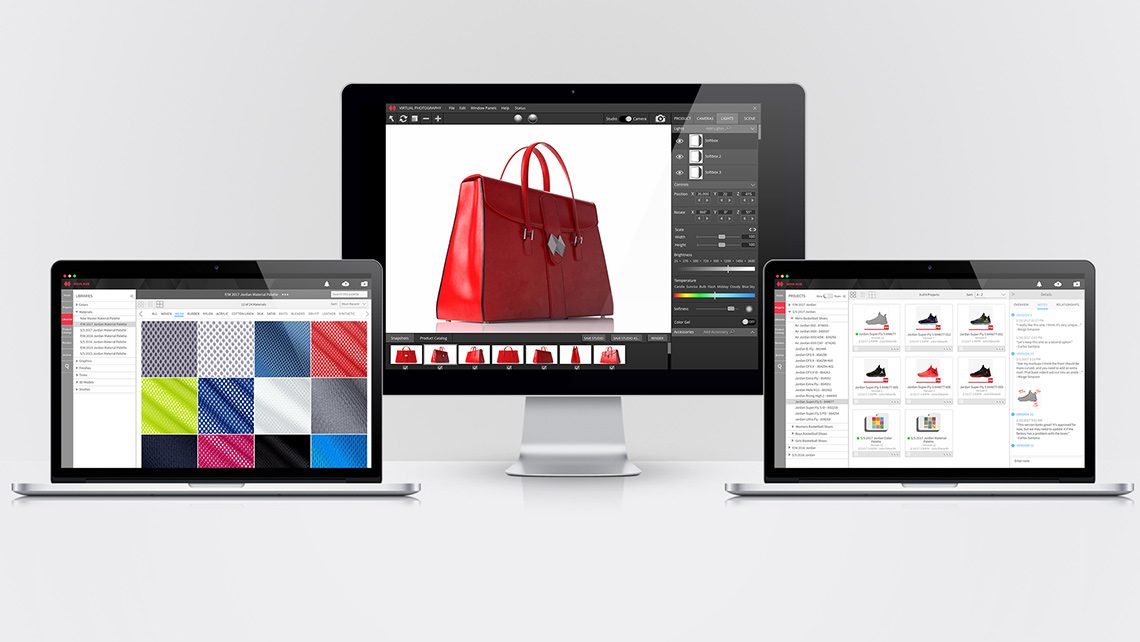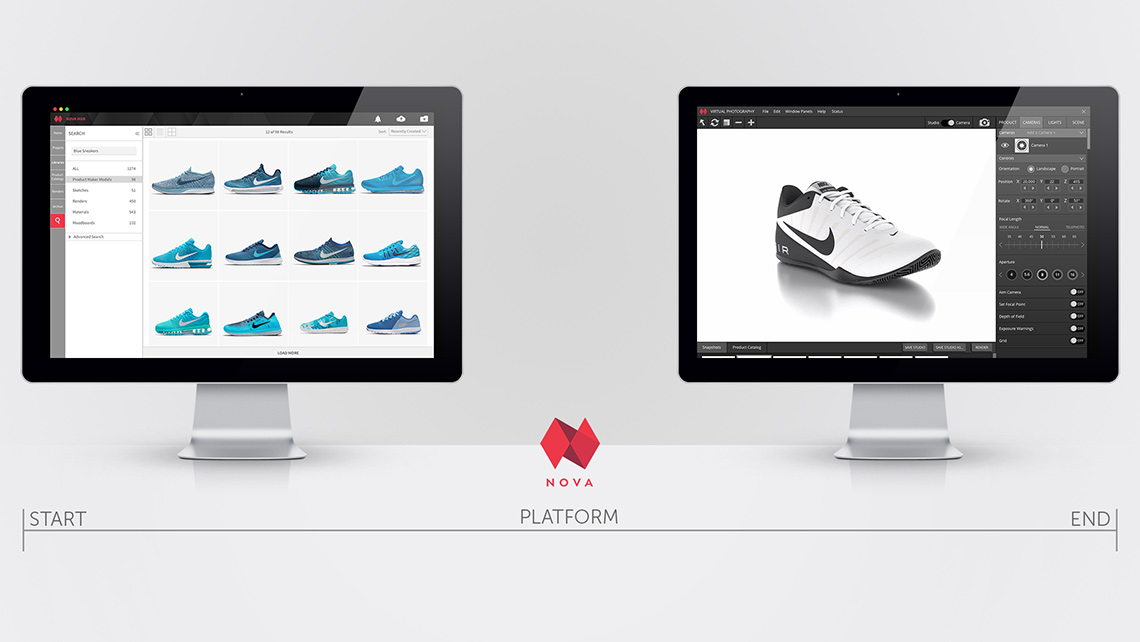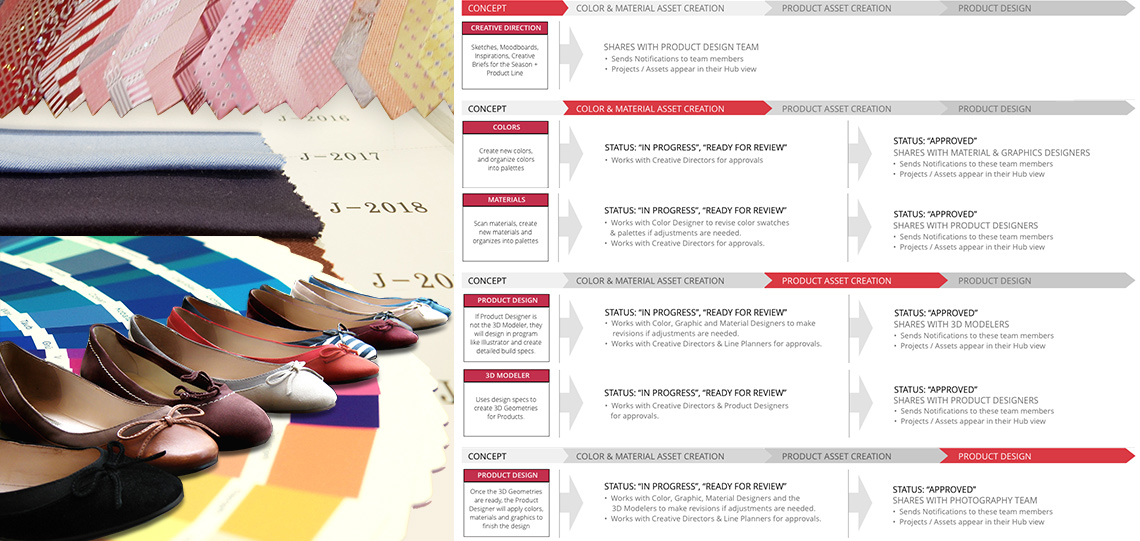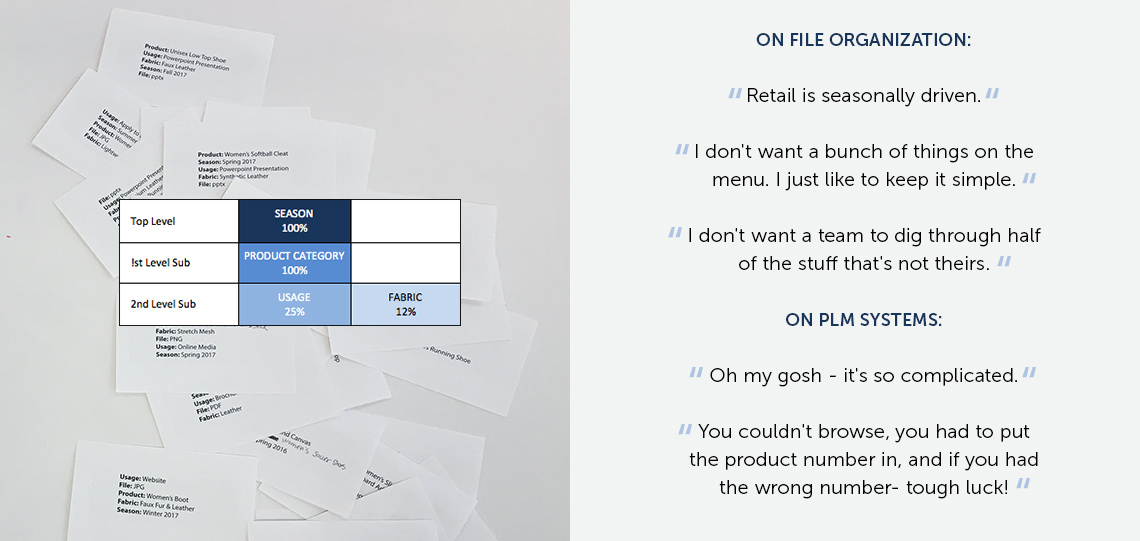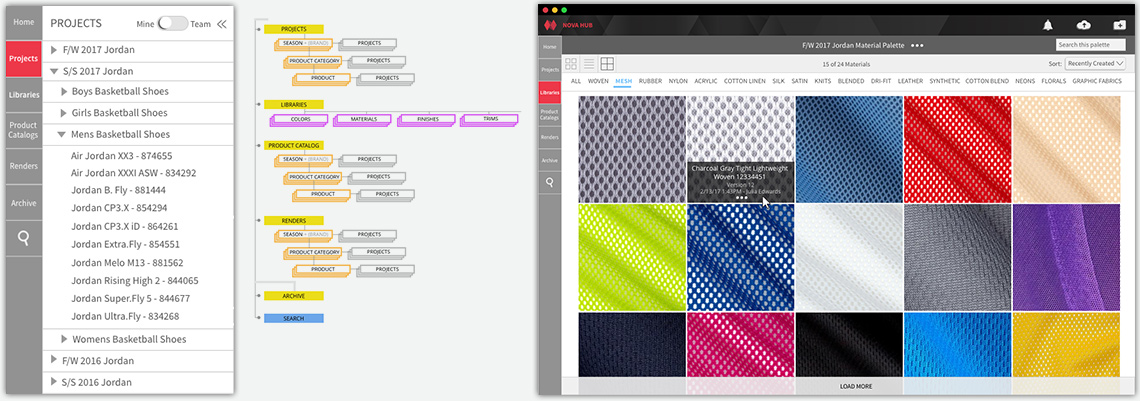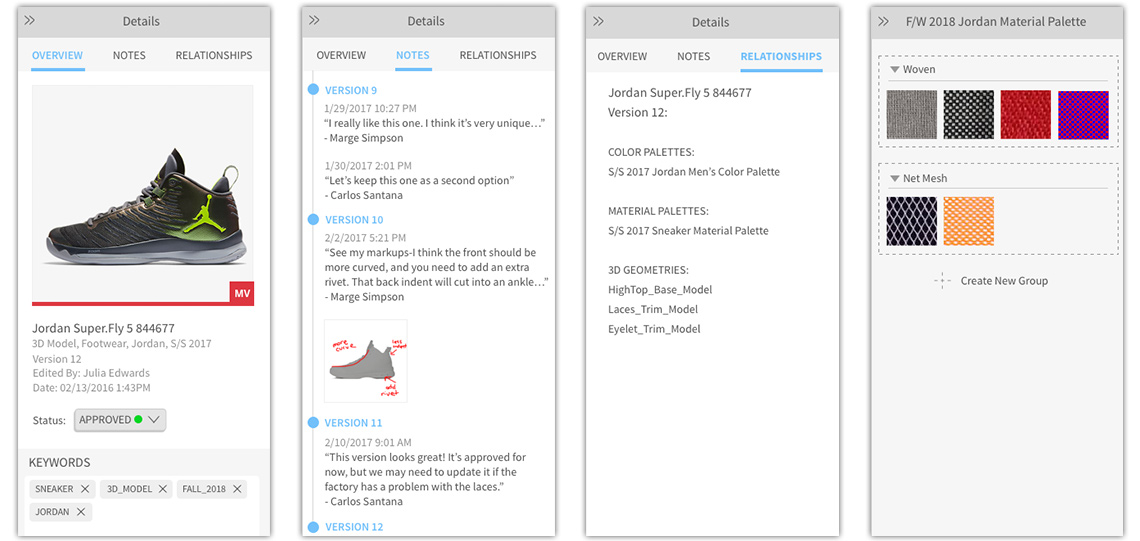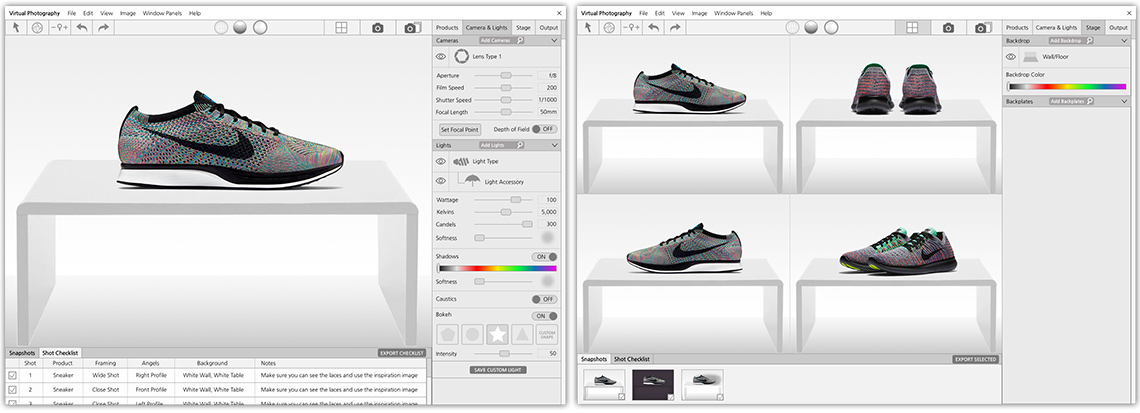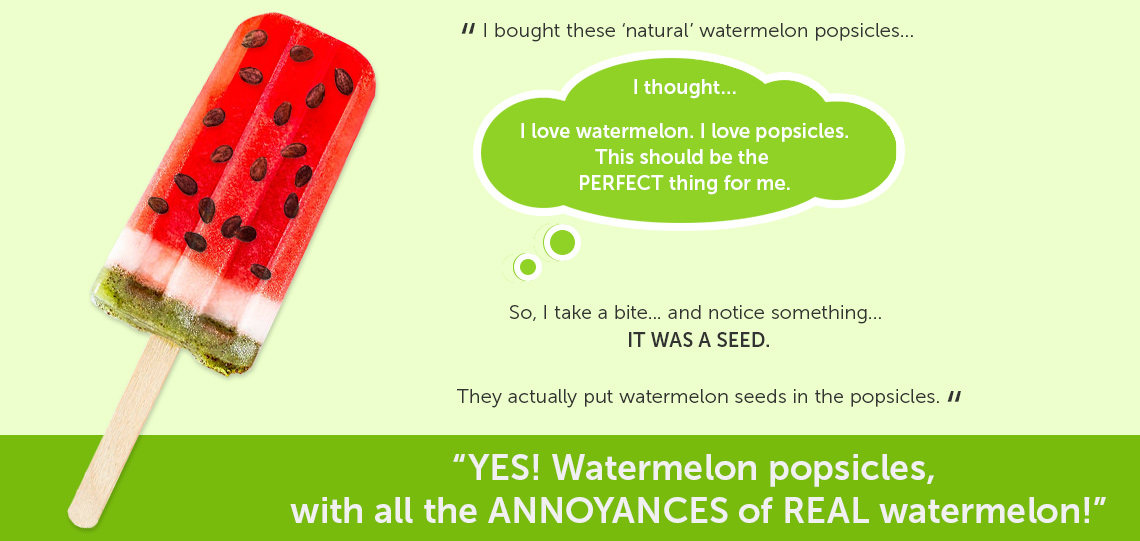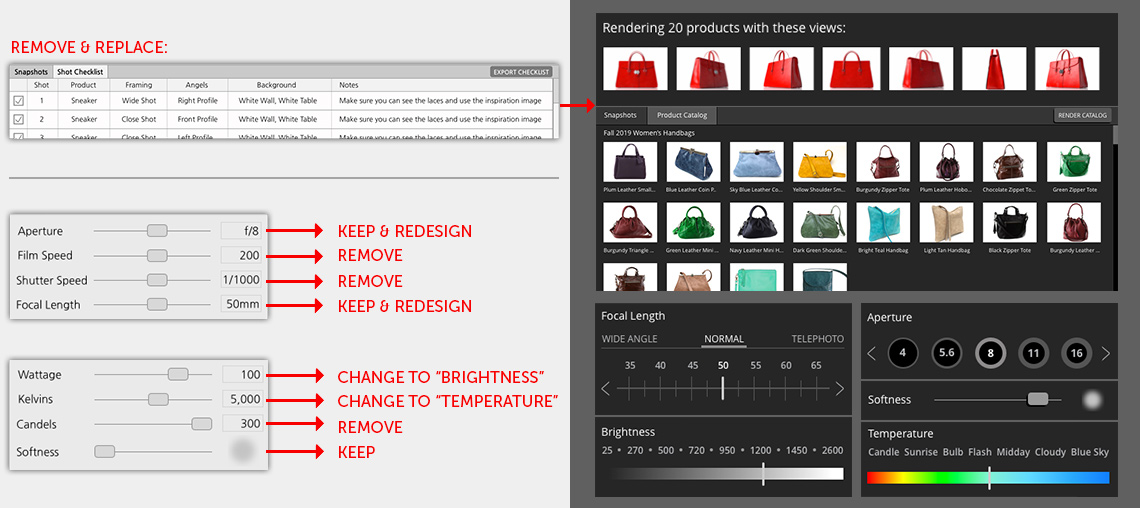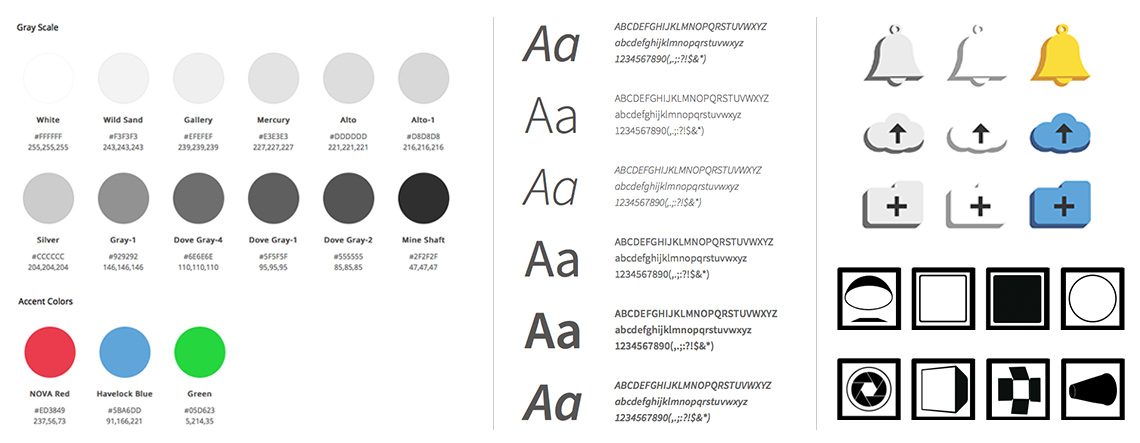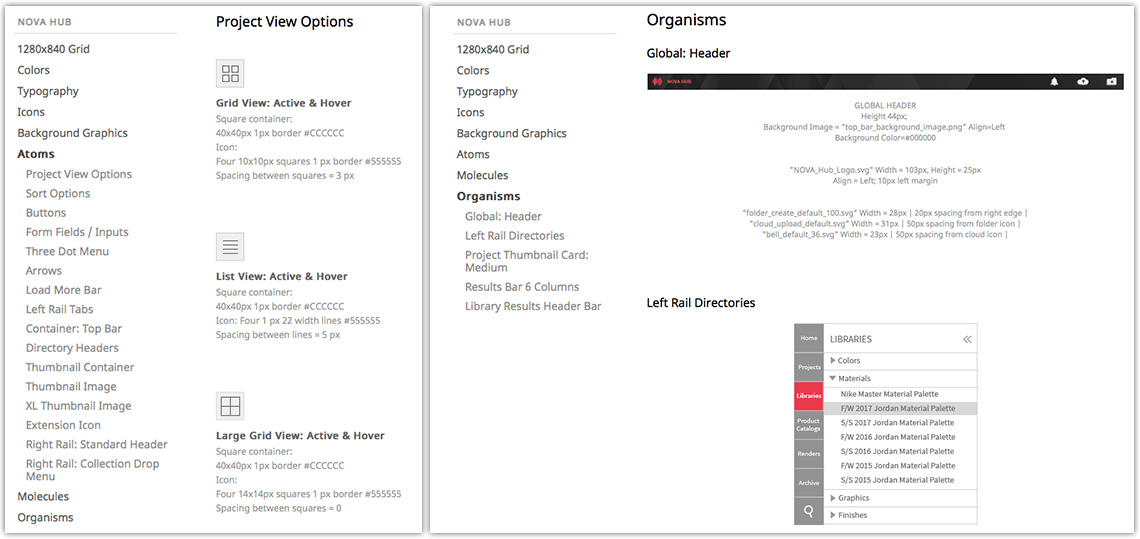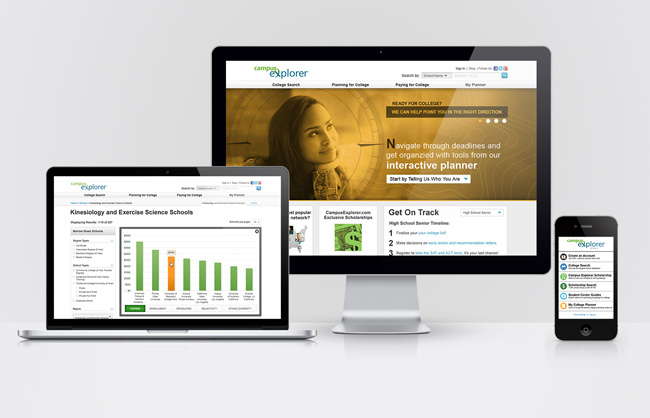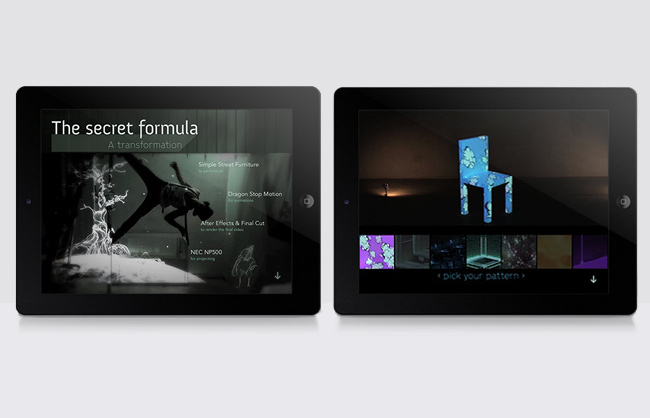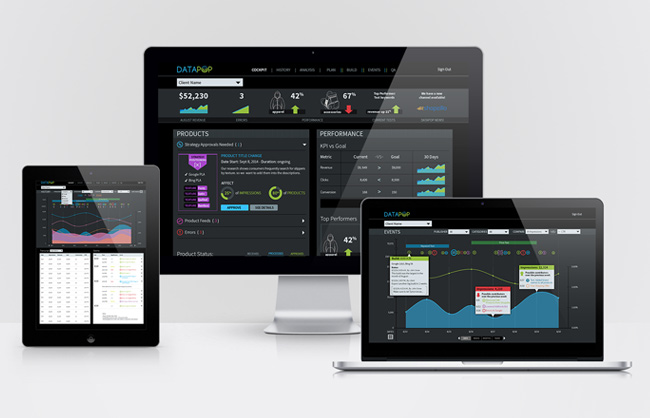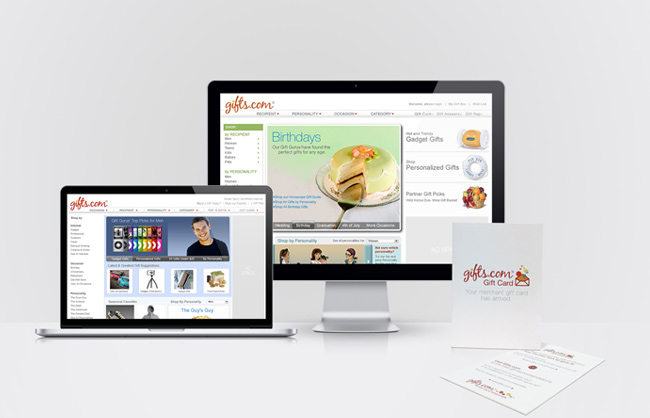Further Research & An Epiphany
Luckily for me, we had several amazing photographers who worked at NOVA. One, in particular, was always incredibly helpful to me, and happy to answer any questions I had. He also came from Dreamworks, so he was very familiar with 3D software as well. I spoke with him many times, and during one of our talks, when I asked about various "real life" camera features that were planned to be built-in, he asked me "Is this a 3D camera?". Of course, I said "yes", to which he responded, "If the 'fake' camera doesn't behave EXACTLY as a real camera would, I would be annoyed." As a result, I set off to conduct extensive research on cameras and how they function. My research, combined with these conversations reminded me of a scene from the movie High Strung, where the main character describes buying watermelon popsicles.
Don't Build A Watermelon Popsicle With Seeds
In the quest to design tools to be familiar for traditional photographers, the original requirement document mirrored traditional camera features. However, through my research into how cameras work, I realized the features were there for two reasons: first, creating a desired effect, and secondly, they were necessary due to the limitations of a physical camera. Therefore, I set out to understand what the END RESULT they desired to achieve was using various settings, lenses, shutter speeds, etc. I then designed the tool to easily put these desired effects front and center, without mapping to all the ANNOYING physical limitations of a 'real' camera. We were moving eCommerce photography into a virtual world, and so it made no sense to restrain ourselves, and our audience, by the real-life limitations of physical cameras.
